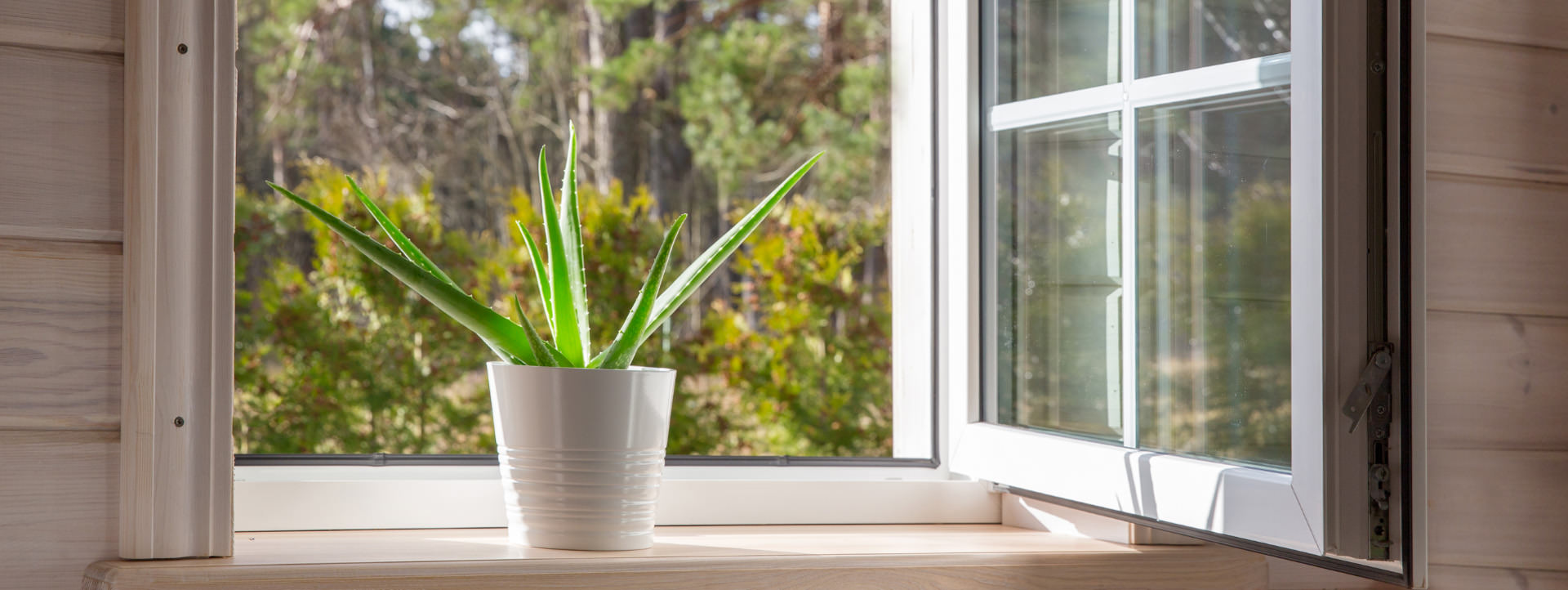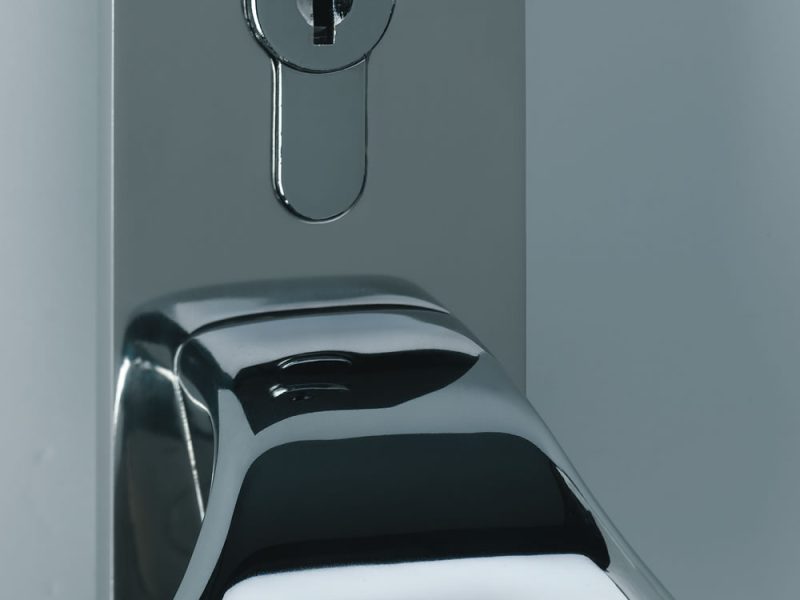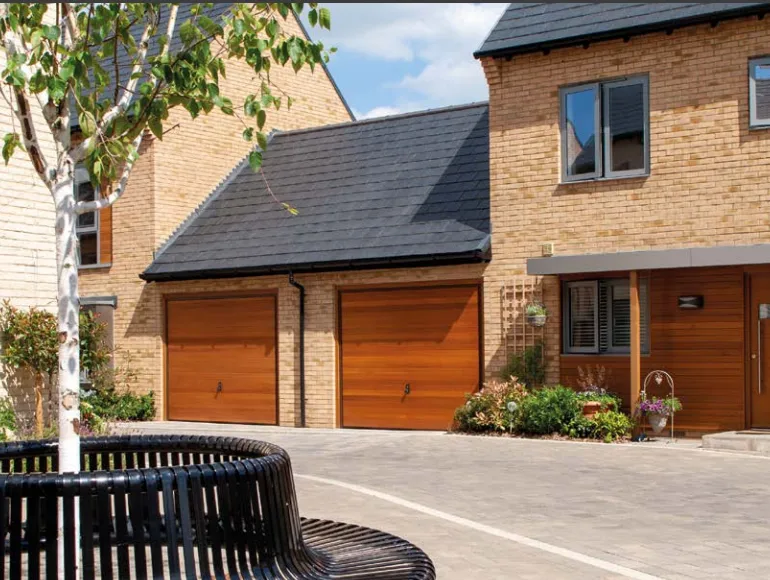
Timber - PVC - Aluminium - Windows, Doors & Conservatories in Hampshire
Will Brexit increase the cost of home improvements?
Will Brexit increase the cost of home improvements?
We know – you’re sick about reading about Brexit (we all are!) but if you’re contemplating improvements to your home anytime in the near future, it’s probably worth giving the timing a little thought.
Whatever your standpoint, the world as we know it is unlikely to come to an end on the 29th March 2019 or to be that different on the 30th to the 28th. The impact of Brexit on the construction industry has been more gradual – the point is, that it’s already started and that is already impacting on the cost of home improvements.
Are the costs of home improvements going up because of Brexit?
The answer is ‘yes’ and ‘no’ (a true politician’s response if ever there was one!). The impact of Brexit, or more accurately the referendum vote has unquestionably put a squeeze on the labour market.
According to the Office for National Statistics (ONS) the difference between the number of EU citizens entering the UK and the number leaving sank to 87,000 in the year to March, its lowest level since the year to December 2012.
The shift according to the ONS, driven by both a decline in EU arrivals and an increase in EU citizens emigrating.
What is perhaps more significant is that net migration to the UK from the A8 countries – including Poland, the Czech Republic, Hungary and Lithuania – that joined the EU in 2004, was negative for the first time. This saw 45,000 arrivals and 47,000 departures.
Why is this significant? Well because many of these migrant workers propped up the construction and building products industries.
Take KJM for example. Our office and fitting teams have tended to be UK nationals who have been ‘born and bred’ in and around Hampshire, so our staff aren’t about to disappear anytime soon (we hope!), so in that respect Brexit has no immediate impact.
Window and door manufacturers as a whole have, however, recruited from the A8 countries, and with fewer of those recruits coming into the UK from those countries, it has been harder to recruit and their employment costs have gone up.
At the same time more people are in employment. The Office of National Statistics reporting in October that wages were 3.1% up in the three months ending in August, on the same time last year – representing the largest average wage increase since the 2008 economic collapse.
We’re facing a number of price increases from our suppliers as a consequence, in some cases double digit % increases. These are price increases that we’re currently not passing on to our customers but won’t be able to do so if they continue in the long term.
Is this down to Brexit? It’s difficult to argue categorically one way or the other. What we can say is that labour costs are rising for a number of different reasons and historically these tend to lead ultimately to price increases to the consumer. Another factor has been the falling £.
What are the long term forecasts for home improvement costs because of Brexit?
It’s clearly very difficult to predict anything with any accuracy in the current climate. A Green Paper by The Construction Industry Training Board (CITB) published in the summer suggested Brexit was having a creeping influence on the construction sector.
This showed a third of builders were concerned about their ability to recruit skilled workers, with 37% of those currently working in the sector born outside the UK. It said that builders had also seen the cost of building materials rise by 3-4% in the last year and that these costs were being passed on to homeowners.
This is just one report but its consistent with what we’re currently seeing within our supply chain. The cost of raw materials, aluminium, timber, PVC-U, steel and glass – the ingredients that go into today’s Energy efficient windows and doors – are on the rise.
It’s very difficult to comment with any authority if this will continue into the next year. I’d only suggest that prices have a tendency to go up not down, regardless of the state of our relationship with the rest of Europe.
Reasons why Brexit makes now a good time to invest in energy efficient windows and doors
If you look at where we currently are, on balance, and if you are considering and able to afford new energy efficient windows and doors, it may be beneficial to bring that purchase forward. The reason is not because we’re making the case for a doomsday scenario. It’s simply that we, like everyone else, don’t really know what’s going to happen, where as right now, we know where we are and cost of new energy efficient windows and doors are affordable.
Speaking from experience, we can see that raw material and labour costs are going up and those costs are being passed onto through our supply chain. As we have said, we’re holding those costs for now but clearly can’t afford to do so indefinitely.
That aside, it’s worth looking at what’s happening in the energy markets.
Home heating costs are on the rise. At the end of August British Gas announced a 4% increase in energy costs, a jump on the average bill of £44 to £1,205 a year. The second price increase this year, British Gas parent company joined E.On, SSE, Npower, EDF, ScottishPower and Bulb which also introduced increases in blaming the rise on a jump in wholesale energy costs.
If you can afford to, it makes a huge amount of sense to try and keep a lid on those rising costs by improving the energy efficiency of your home – and new energy efficient windows and doors are a great way of doing it.
After energy leaking roof space and walls, windows account for around 20% of the heat lost from your home. It means that if you haven’t already done so, replacing them could pay back dividends in the long run and at the same time contribute to a significant reduction in the carbon footprint of your home.
The exact savings will be dependent on your property and the windows previously installed but the Energy Saving Trust suggests that energy efficient windows and doors can cut heat loss by up to 75 per cent.
In a detached three-bedroom home, this can equate to an annual saving over and above single – and in many cases, older double-glazed windows – of up to £160 a year in heating bills based on current energy prices.
With an average window service life of around 20 years, new energy efficient windows and doors can pay for themselves, depending on their specification, material and finish choice. Clearly this payback period will be defined by how much you pay for them, which makes buying new windows now, when prices and costs are a ‘known quantity’ preferable to waiting for the new year and what it may or may not bring.
If you’re looking for help in planning your next home improvement, or simply want to talk about any of the points raised in this discussion, please don’t hesitate to contact me or a member of the team for more by calling 01264 359355 or emailing email [email protected]














